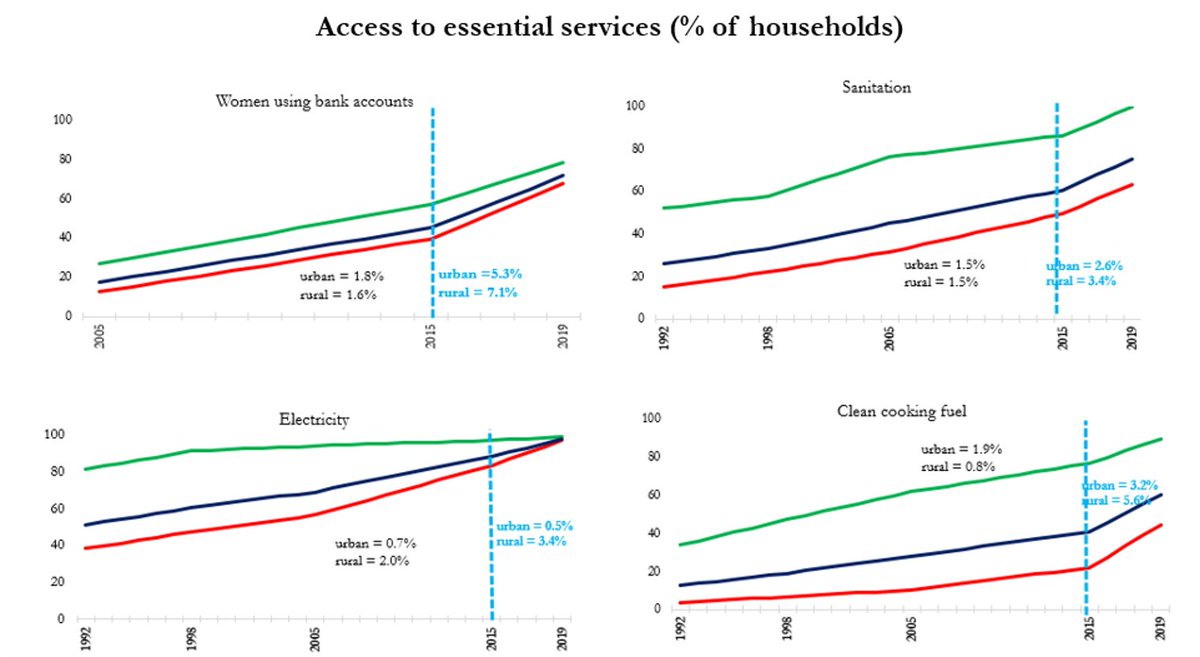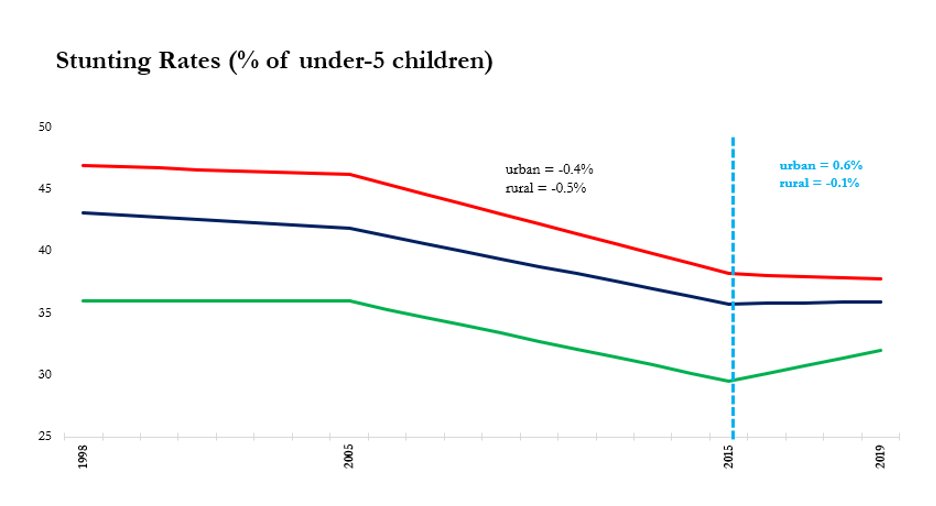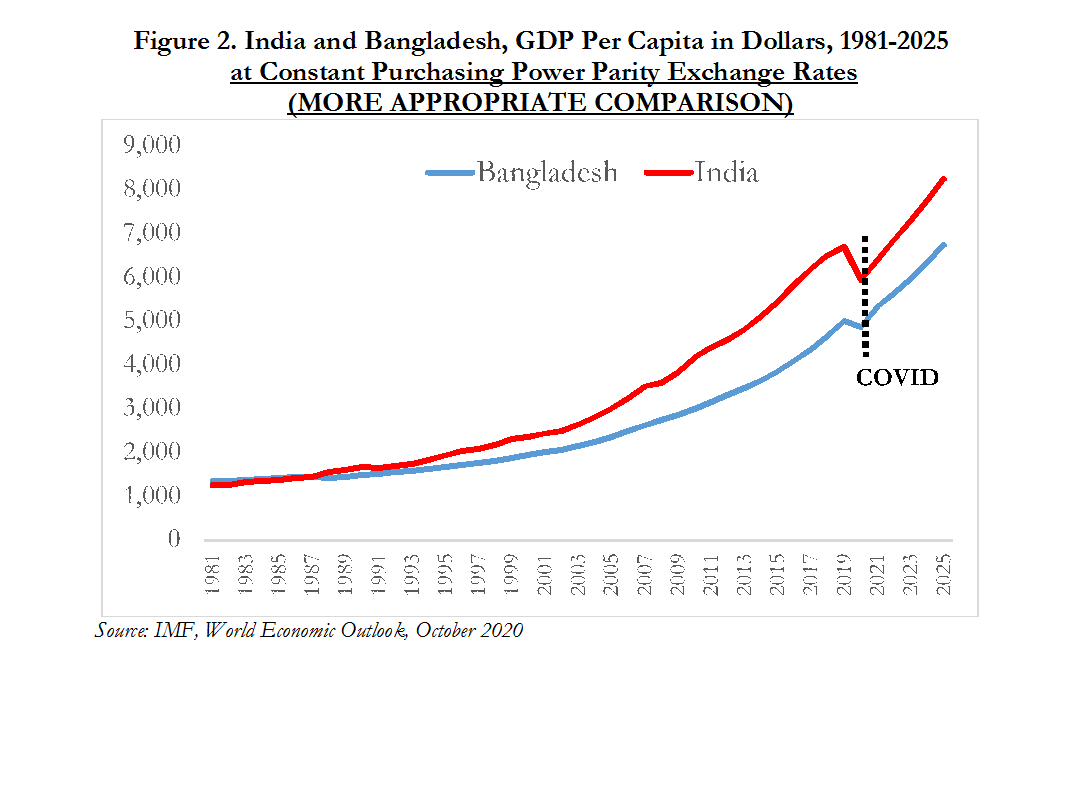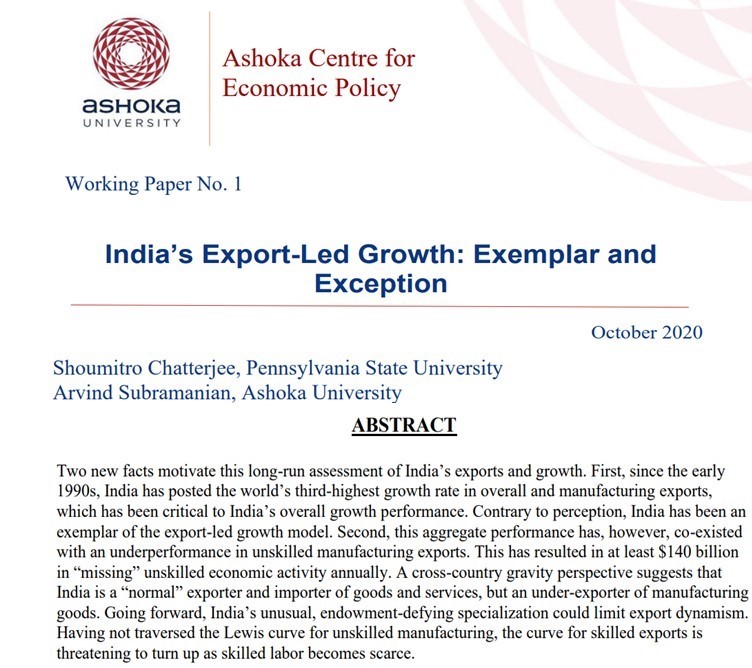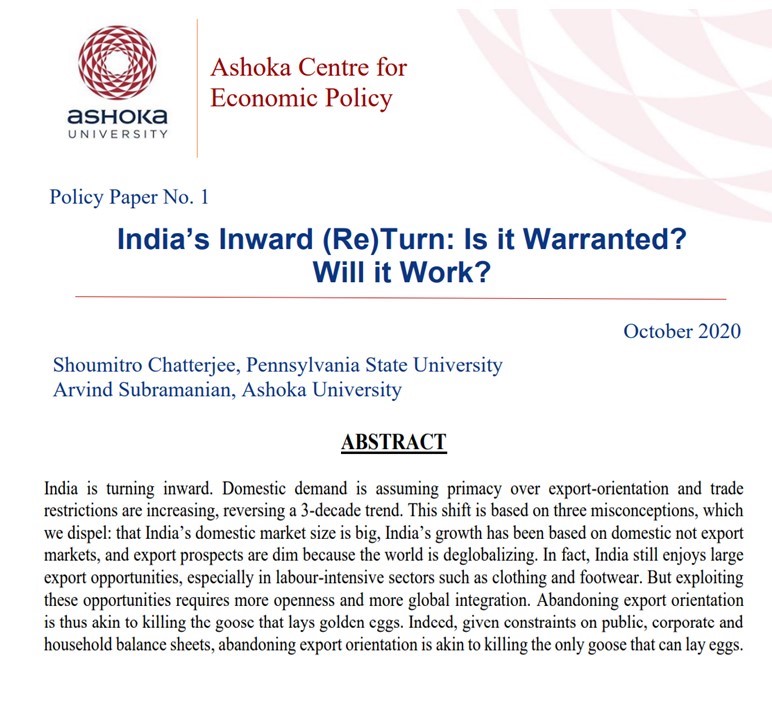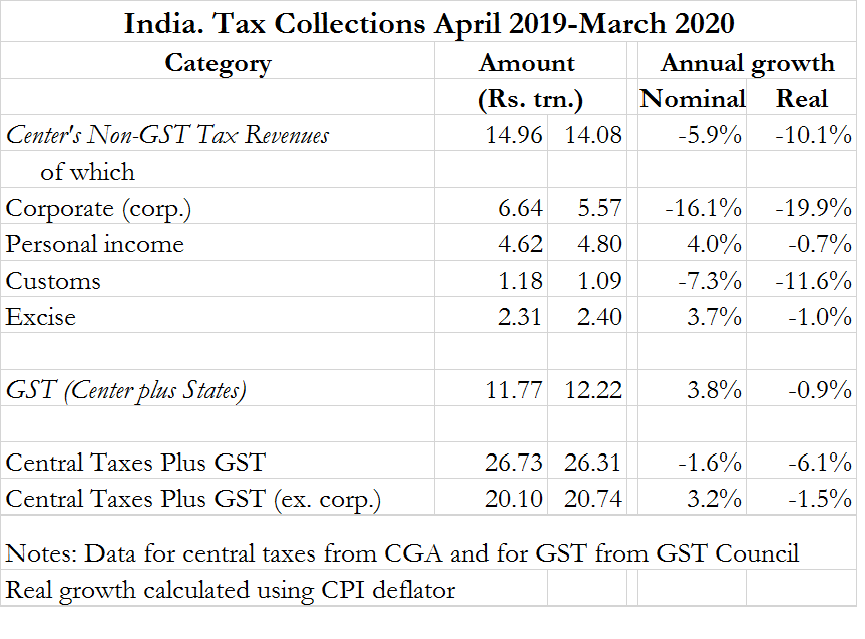
Huge thanks to #EconTwitter for engaging enthusiastically and constructively with this piece by Devesh Kapur and me on under-representation of developing country institutions in development economics.
Some preliminary ideas for taking discussion forward 1/
Some preliminary ideas for taking discussion forward 1/
https://twitter.com/arvindsubraman/status/1375450648293085188
Important to point out that similar points have been made by others in the past (@gchelwa):
https://twitter.com/belindaarch/status/13755993436847144962/
Next, a clarification on people vs. place (made eg. by @dmckenzie001:
Research by dvlping country nationals is valuable but cannot substitute for knowledge-creation *IN* poor countries
And numbers on latter are too stark to not merit remedial action 3/
https://twitter.com/dmckenzie001/status/1375497381928652804?s=20
Research by dvlping country nationals is valuable but cannot substitute for knowledge-creation *IN* poor countries
And numbers on latter are too stark to not merit remedial action 3/
Huge thanks & kudos to @afosterri for putting out JDE data which seems to re-inforce our conclusions:
So, a first step could be for other journals, incl. @AEAjournals @QJEHarvard @restatjournal, @JPolEcon to follow @afosterri's terrific example 4/
https://twitter.com/afosterri/status/1375830737836998668
So, a first step could be for other journals, incl. @AEAjournals @QJEHarvard @restatjournal, @JPolEcon to follow @afosterri's terrific example 4/
Demand-side interventions could involve institutions such as @WorldBank, @IMFNews, @JPAL & major academic events-NEUDC, @nberpubs Summer Institute-targeting increased research, review, & participation by researchers from developing countries & monitoring this on ongoing basis 5/
Of course, supply-side actions will be necessary such as those suggested by @bill_easterly:
https://twitter.com/bill_easterly/status/1376168804456226820. There will surely be others 6/
Above all, corrective action will need participation both by the powerful incumbent voices (economists & institutions) as well as those missing, namely researchers in developing countries.
No topic should be off-limits, incl. privileging of some research and methodologies n/
No topic should be off-limits, incl. privileging of some research and methodologies n/
• • •
Missing some Tweet in this thread? You can try to
force a refresh

